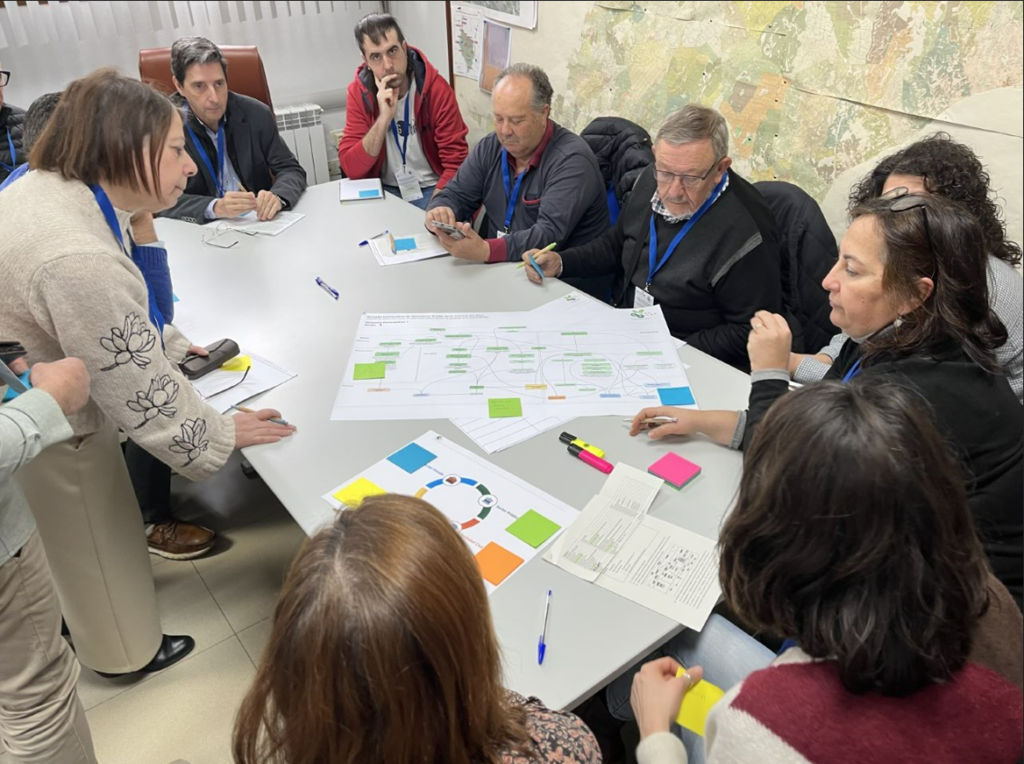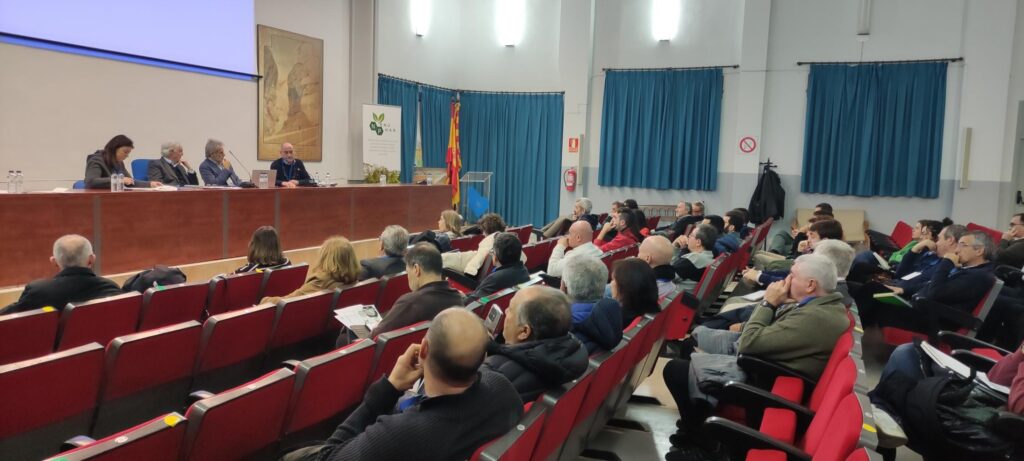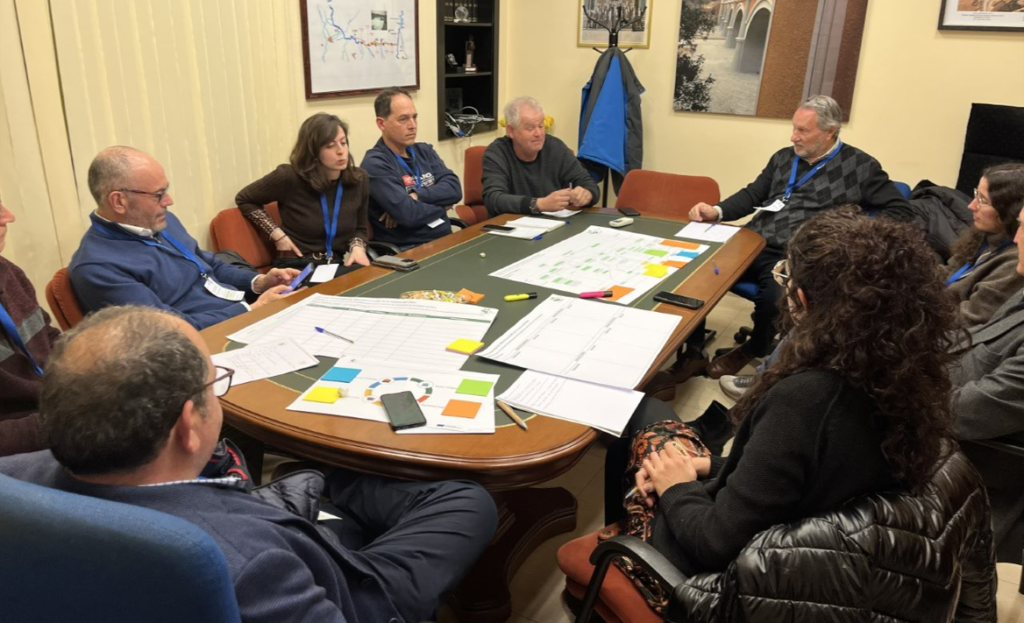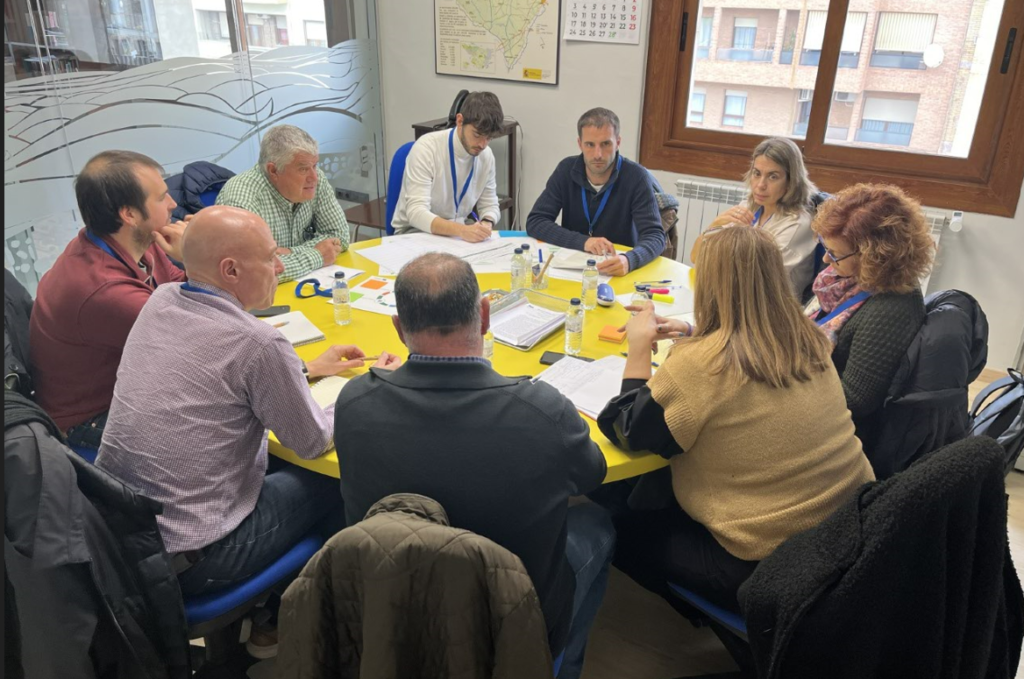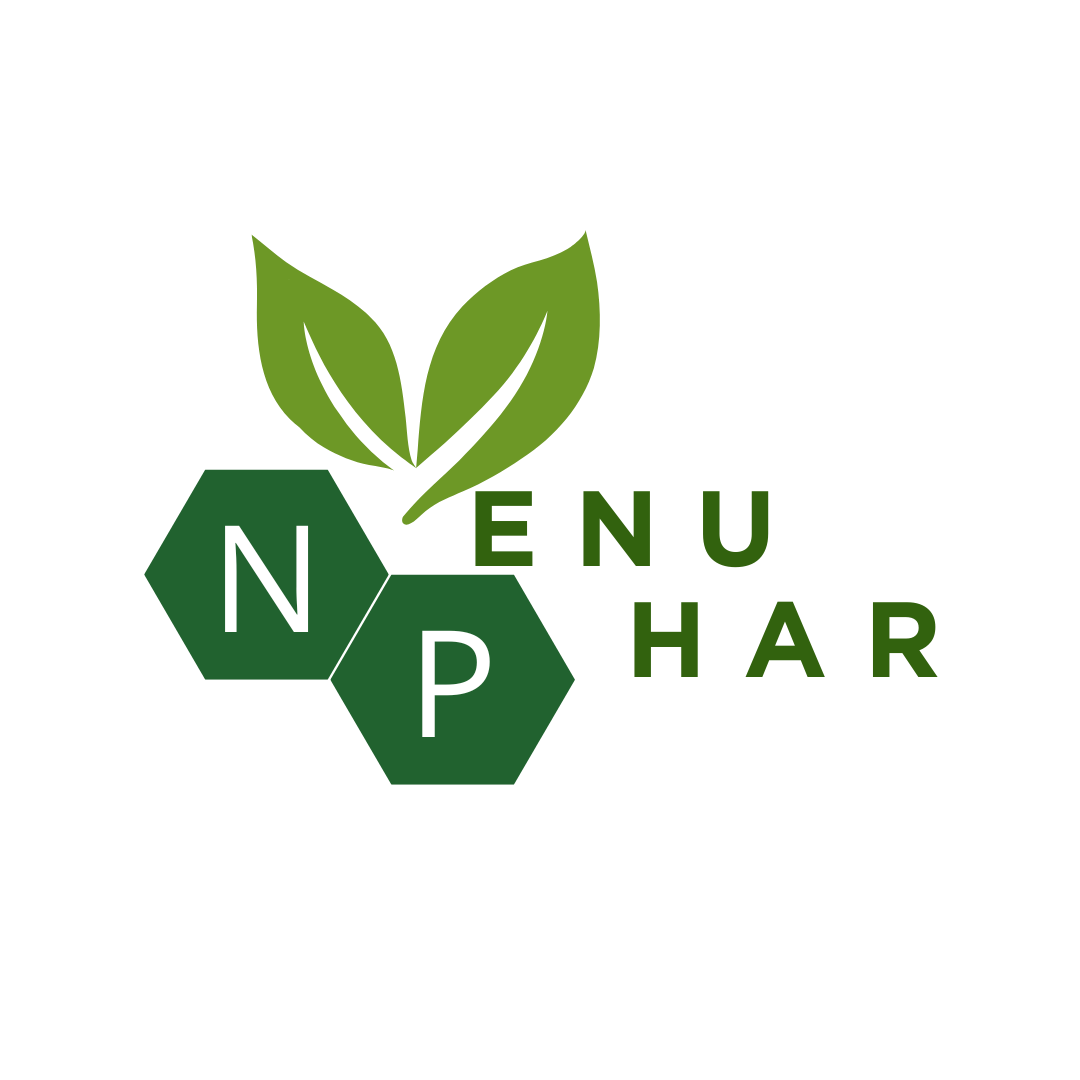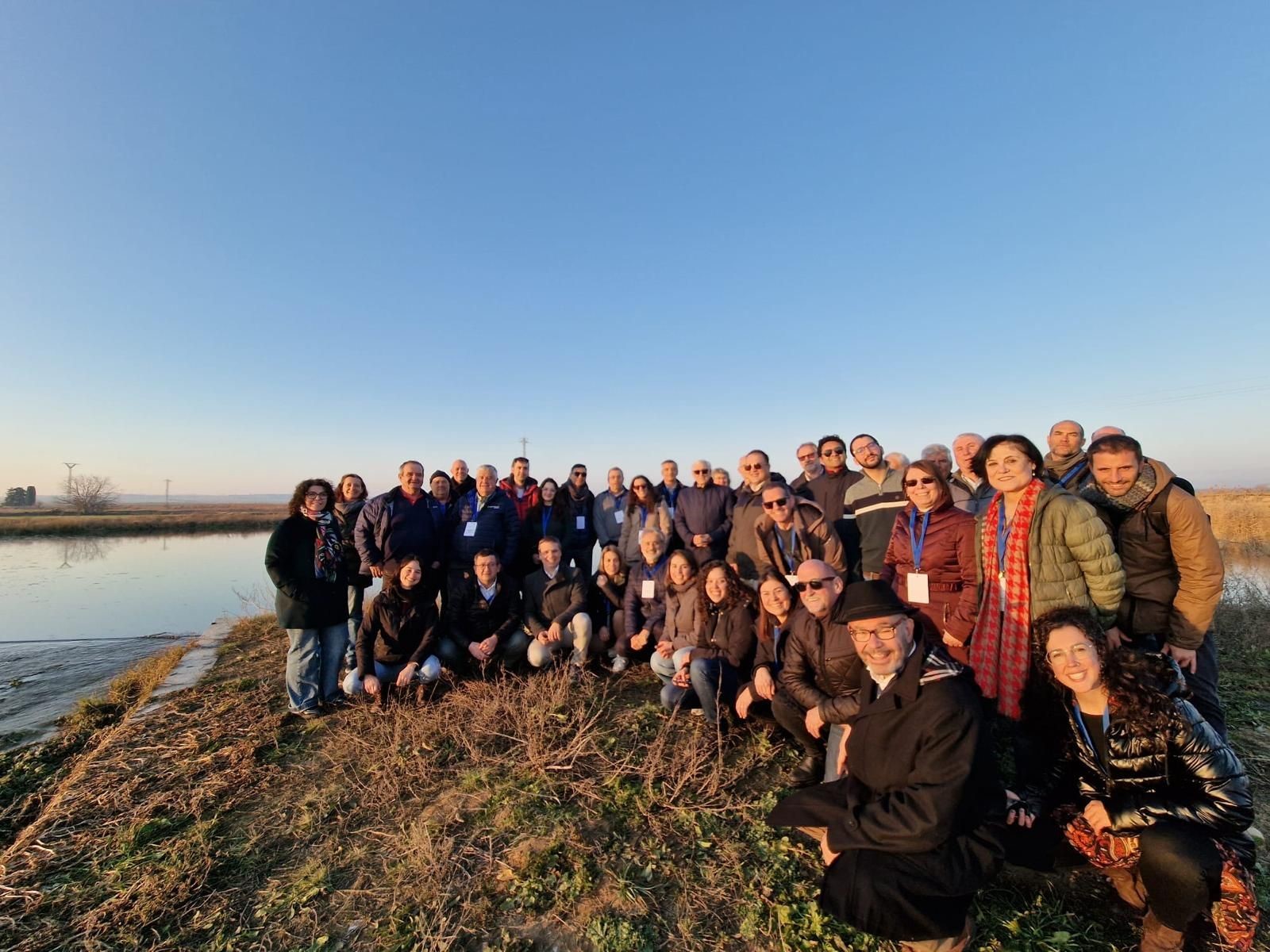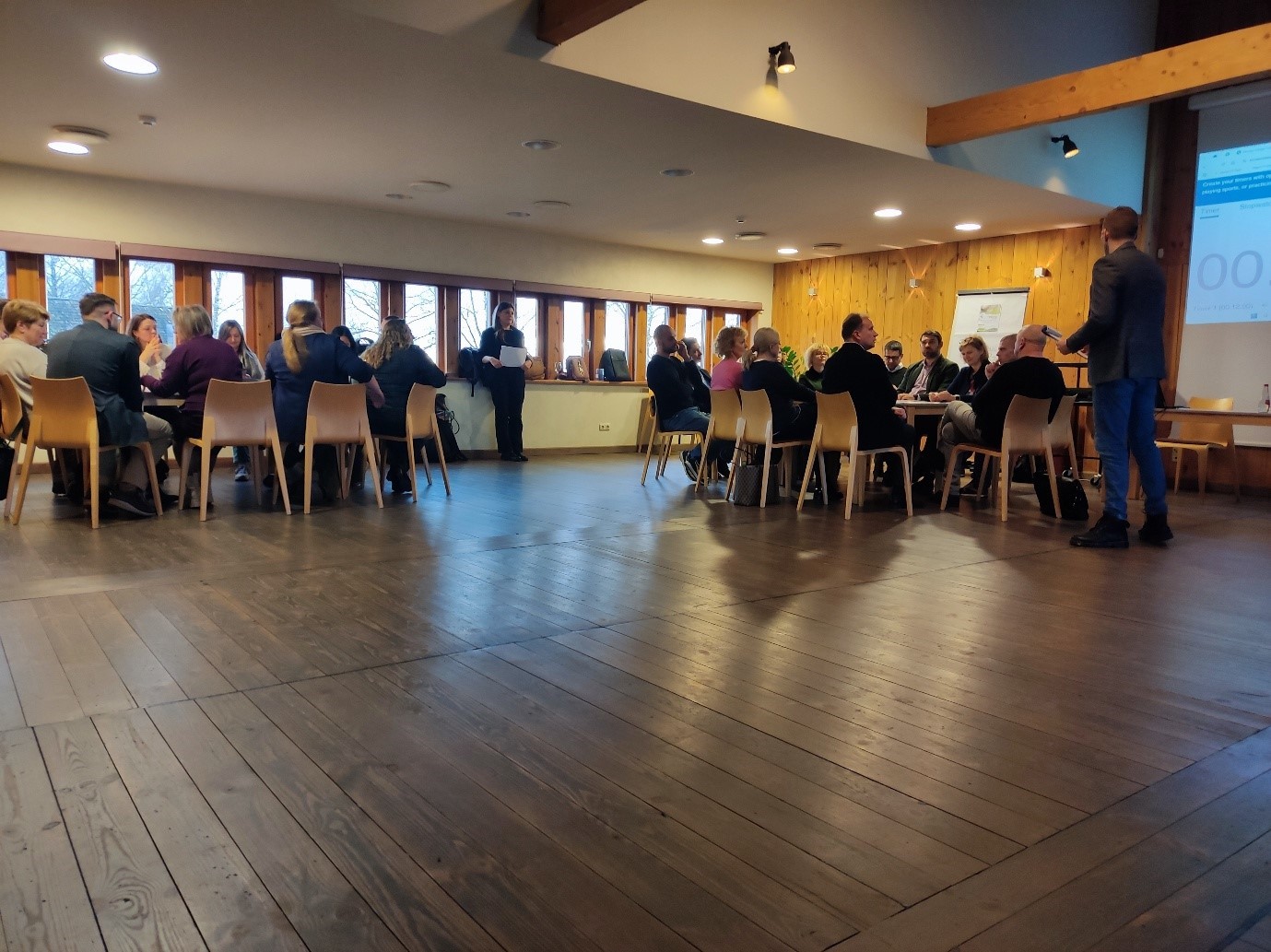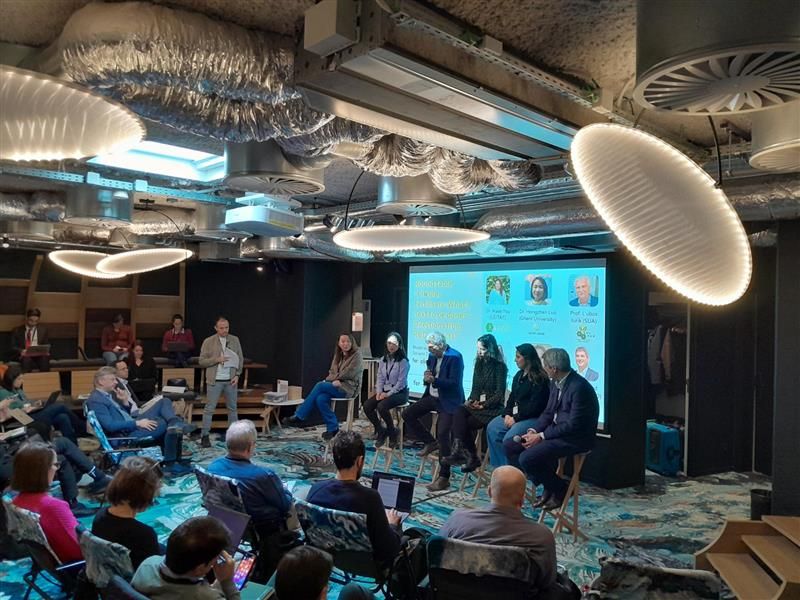On February 4, 2025, the NENUPHAR project gathered key stakeholders in the Ebro River Basin for a pivotal meeting at the CAYC headquarters in Binéfar. The event marked a significant step toward the creation of a new governance model aimed at improving nutrient management and addressing diffuse pollution in the region.
The day began with a warm welcome and an overview of the meeting objectives from José Luis Pérez (CAYC), José María Salamero (DGA), and Neus Ferrete Gracia (DARPA). Following the opening, Javier San Román, Adjunct Commissioner for Water at the Confederación Hidrográfica del Ebro (CHE), presented the current challenges in the Ebro Basin’s diffuse pollution and the NITRACHE strategy, focused on combating high nitrate levels in the region’s waters.
The NENUPHAR project, funded by the European Union, was introduced through presentations by Alessandro Carmona (CIRCE), Inés Samperi (CAYC), and Carla Febrer (UVIC), who outlined the project’s goals and the role of the newly established Community of Members (CoM). The CoM, consisting of local and regional stakeholders, aims to address the region’s nutrient management issues by creating a collaborative space for dialogue and action. The long-term goal is for the CoM to evolve into an Interregional Dialogue Table for Nutrient Management, incorporating key actors from public administration, the private sector, farming cooperatives, NGOs, and research institutions.
Participants were spread in working groups, chaired by NENUPHAR consortium experts from CIRCE, CAYC and UVIC-UCC, where participants identified current governance challenges in nutrient management and proposed strategies for overcoming these barriers. The discussions focused on the CoM’s role and how it could help define the strategic lines and priorities for tackling diffuse pollution and enhancing nutrient recovery in the Ebro River Basin. In addition, participants focused on defining the CoM’s objectives, proposing key strategic lines, and discussing the challenges that would need to be addressed through the creation of the Interregional Dialogue Table.
The day concluded with a field visit to the “La Melusa” wetland in Tamarite de la Litera, Huesca, a center for research and experimentation in diffuse pollution. This visit provided an opportunity for participants to see first-hand the practical application of nutrient management strategies and further strengthen their collaboration.
This meeting set the foundation for a unified effort to improve nutrient management in the Ebro River Basin, fostering a collaborative environment that will drive long-term solutions to the region’s environmental challenges.
